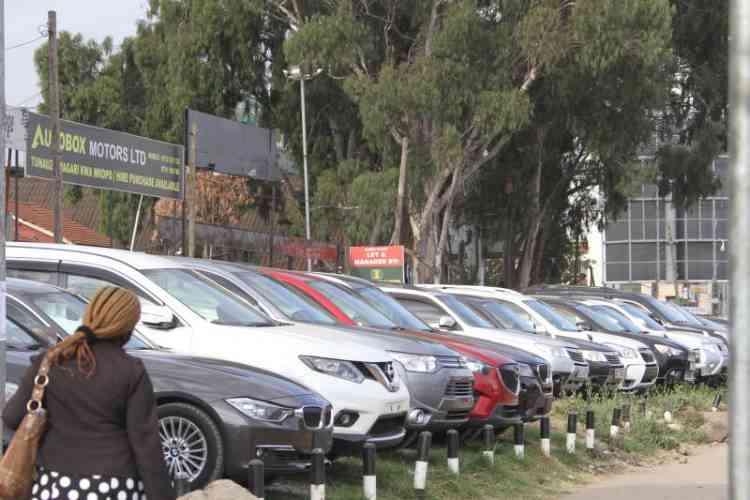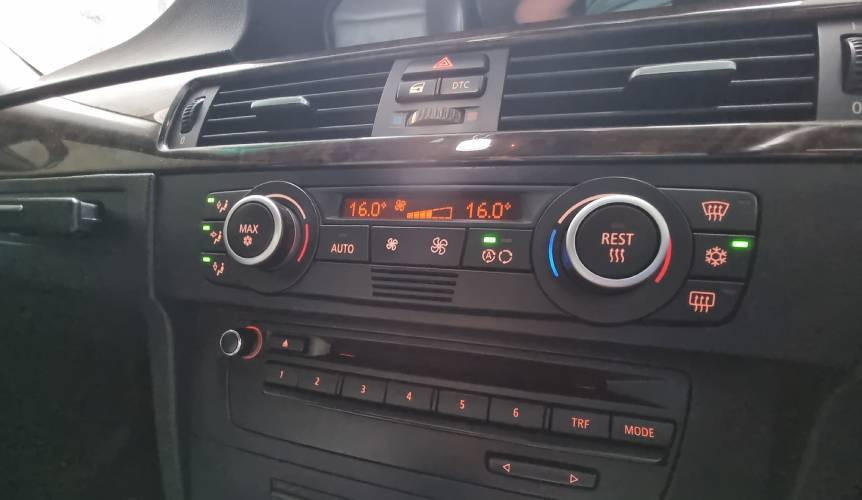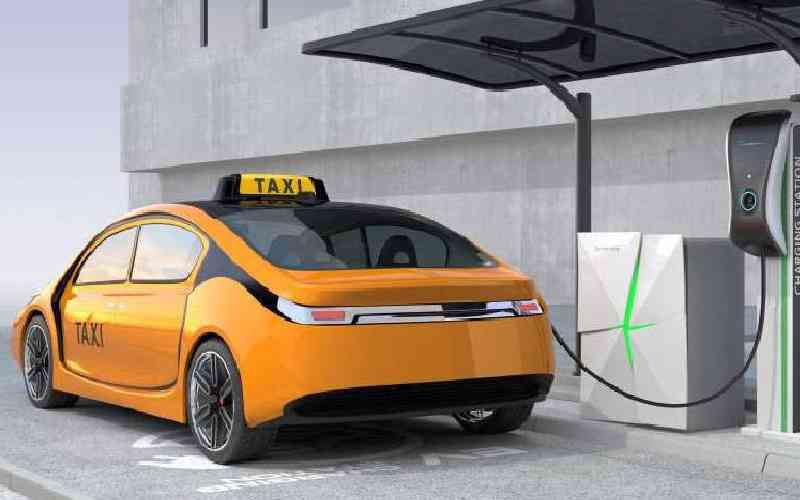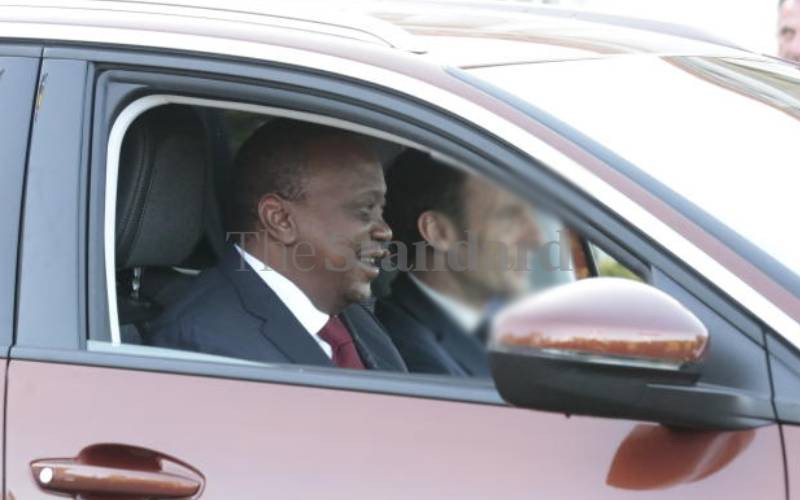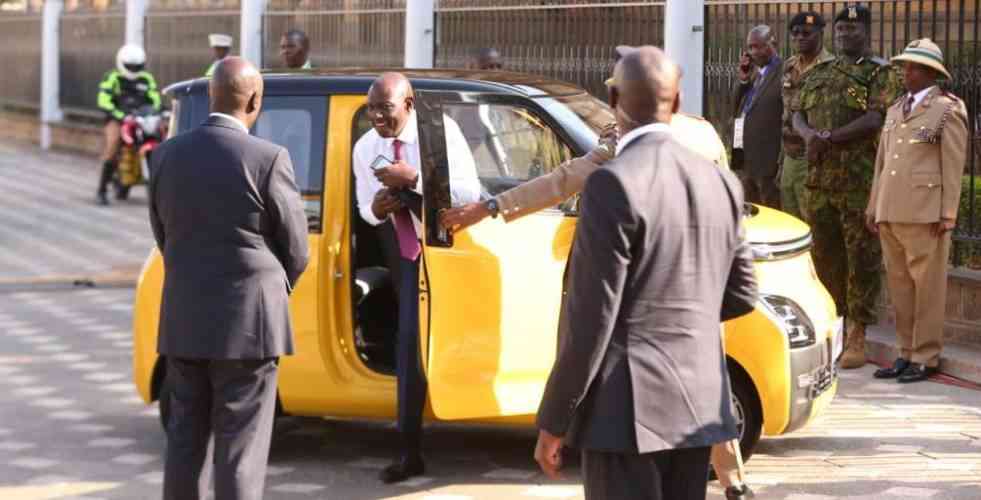
As African leaders continue advocating ways to mitigate the impact of climate change through the declarations at the just-concluded Africa Climate Summit in Nairobi, the hovering topic has shifted to clean energy automobiles.
For four days in a row, President William Ruto's car of choice to the venue, Kenyatta International Convention Centre (KICC) in Nairobi, drew attention; the Autopax Air Yetu electric car.
The Head of State won hearts by driving himself in the tiny electric hatchback and ditching his usual heavy detail of fuel-guzzling SUVs, not to mention countless outriders and police escorts.
Charging infrastructure and battery technology have evolved significantly in recent years, making electric cars an increasingly viable and environmentally friendly alternative to traditional gasoline and diesel vehicles.
But how do electric cars really work?
Electric cars, also known as electric vehicles (EVs), work by using electricity as their primary source of power to drive the wheels and propel the vehicle.
Basically, the concept behind electric cars is to replace the traditional internal combustion engine (ICE) with an electric motor and a battery pack.
Electric Motor
Electric cars are equipped with an electric motor that is responsible for converting electrical energy from the battery into mechanical energy to propel the wheels.
These motors are highly efficient and can deliver instant torque, making electric vehicles responsive and quick off the line.
Battery Pack
The heart of an electric car is its battery pack. This pack stores electrical energy in the form of chemical energy.
Modern EVs typically use lithium-ion batteries due to their high energy density and relatively lightweight. The battery pack is made up of multiple cells connected in series and parallel to provide the necessary voltage and capacity.
Charging
Electric cars are charged by connecting them to an external power source, typically an electric charging station or a standard electrical outlet.
The electricity is transferred to the battery, where it is stored until needed for driving. Charging times can vary depending on the charger's power level and the vehicle's battery capacity.
Inverter
An inverter is used to convert the direct current (DC) electricity stored in the battery into alternating current (AC), which is the type of electricity used by the electric motor. The inverter also controls the speed and power output of the electric motor, allowing for precise control of the vehicle's acceleration and speed.
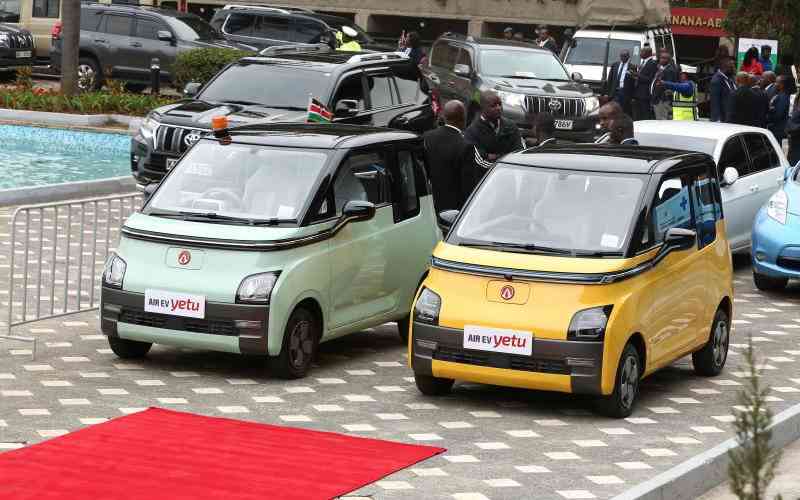
The Autopax Air Yetu electric car that President William Ruto drove to the Africa Climate Summit. [Silas Otieno, Standard]
Transmission
Electric cars often have a single-speed transmission or no transmission at all.
This is because electric motors can provide a wide range of torque and power without the need for multiple gears. However, some electric vehicles may have a multi-speed transmission for added efficiency.
Regenerative Braking
Electric cars often feature regenerative braking systems. When the driver applies the brakes or lifts off the accelerator pedal, the electric motor switches into generator mode.
It converts some of the kinetic energy back into electricity, which is then fed back into the battery, increasing efficiency and extending the vehicle's range.
Control Systems
Electric cars use sophisticated control systems and software to manage the flow of electricity, optimise performance, and protect the battery from overcharging or overheating.
These systems also monitor and manage the distribution of power to the wheels for optimal traction and stability.
User Interface
Electric cars typically come equipped with a user interface or infotainment system that provides information about the vehicle's state, battery charge level, range estimation, and charging status.
Some vehicles also allow drivers to adjust various driving modes to optimise efficiency or performance.
Price
An electric vehicle would set you back between Sh1.7m and Sh2 million when it hits the market. That is for the same model that Ruto was driving (Air Yetu).
It comes in two trim levels; the standard range Autopax Air Yeti that allows the driver to cover 200km on a full charge and the long-range Autopax Air Yetu Pro that covers 300 km on a full charge.
The Air Yetu is the product of a partnership between Kenyan EV company Autopax and the Chinese automobile company SAIC-GM-Wuling (SGMW).
The car is manufactured in Liuzhou City, China, and assembled in Nairobi.
 The Standard Group Plc is a multi-media organization with investments in media platforms spanning newspaper print
operations, television, radio broadcasting, digital and online services. The Standard Group is recognized as a
leading multi-media house in Kenya with a key influence in matters of national and international interest.
The Standard Group Plc is a multi-media organization with investments in media platforms spanning newspaper print
operations, television, radio broadcasting, digital and online services. The Standard Group is recognized as a
leading multi-media house in Kenya with a key influence in matters of national and international interest.

